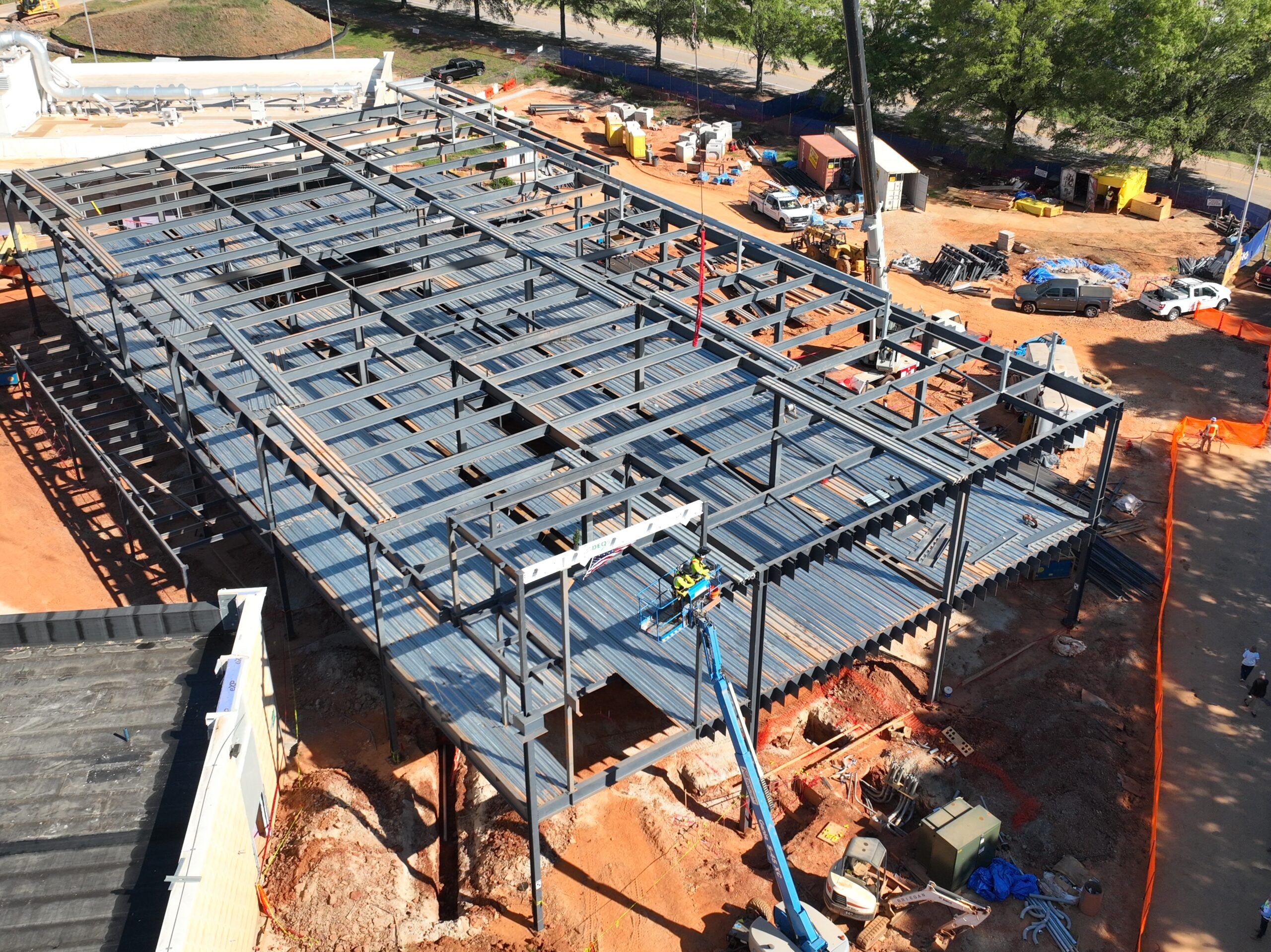We’ve all been there: you toss a load of laundry into the dryer, expecting it to be ready in an hour, but two cycles later, your clothes are still damp. It’s frustrating, especially when you’re in a rush. If your dryer is dragging its feet, it might be time to look into some common issues that could be causing the delay. While some problems might require professional dryer repair, many can be tackled with a bit of DIY know-how. In this article, we’ll dive into eight typical reasons why your dryer might be taking forever to dry clothes and share practical tips on how to fix them quickly. Let’s get your laundry routine back on track.
- A Clogged Lint Filter: The Sneaky Culprit
One of the simplest yet most overlooked reasons for a slow dryer is a clogged lint filter. Every time you run a load, lint from your clothes builds up on the screen. Over time, this buildup restricts airflow, making it harder for hot air to circulate and evaporate moisture from your fabrics. It’s like trying to breathe through a straw – inefficient and exhausting for the machine.
Think about it: lint is essentially tiny fibers shed from cotton, wool, or synthetics. If you wash towels or blankets frequently, the accumulation happens even faster. A study from appliance experts shows that a dirty filter can increase drying time by up to 30%. Not only does this waste energy, but it also poses a fire hazard – lint is highly flammable.
To fix this fast, start by locating the lint filter, usually at the top or inside the door of your dryer. Pull it out and remove the visible lint with your hand or a soft brush. For a deeper clean, rinse it under warm water with mild soap, then let it dry completely before reinstalling. Make this a habit after every load. If the filter is damaged or torn, replace it – they’re inexpensive and available at most hardware stores. Regular maintenance here can shave minutes off your drying cycles and extend the life of your dryer.
But what if cleaning doesn’t help? Sometimes, lint sneaks past the filter into the dryer’s internal components. In that case, unplug the machine and use a vacuum with a narrow attachment to gently suck out debris from the filter housing. Always prioritize safety – ensure the dryer is cool and disconnected from power.
- Blocked Vent Hose: Hidden Obstructions Lurking Behind
Moving beyond the filter, a blocked vent hose is another prime suspect when your dryer lags. This flexible tube carries moist air from the dryer to the outside of your home. Over months or years, lint, dust, and even small objects like socks can get trapped inside, creating a bottleneck. Poor ventilation means the hot air can’t escape properly, leading to longer drying times and higher energy bills.
I’ve heard stories from friends who discovered bird nests or rodent debris in their vents – nature’s way of complicating things! In urban areas, exhaust vents might get clogged with city grime. According to energy efficiency reports, a restricted vent can double your drying time and increase fire risks dramatically.
Fixing this involves a few steps. First, disconnect the dryer from the wall (unplug it and turn off gas if applicable). Pull the machine away to access the vent hose. Detach it from both the dryer and the wall vent. Use a vent cleaning brush – a long, flexible tool with bristles – to scrub out the buildup. You can find these kits online or at home improvement stores for under $20. Insert the brush into the hose and twist it while pushing and pulling to dislodge debris.
For the external vent, go outside and clear any flaps or screens. If the hose is crushed or kinked, straighten it or replace it with a rigid metal one for better airflow. Reattach everything securely and test the dryer with a small load. If you’re uncomfortable with this, consider calling in help, but many homeowners handle it themselves in under an hour.
- Overloading the Dryer: Too Much of a Good Thing
It’s tempting to stuff as much as possible into the dryer to save time, but overloading is a classic mistake that backfires. When the drum is packed too tightly, clothes can’t tumble freely. This means hot air doesn’t reach all items evenly, leaving some damp while others overheat. The result? Extended cycles and uneven drying.
Picture a crowded elevator – no one can move comfortably. Fabrics need space to separate and allow moisture to evaporate. Manufacturers recommend filling the dryer to about two-thirds capacity for optimal performance. Overloading also strains the motor and belt, potentially leading to breakdowns down the line.
The quick fix is straightforward: divide large loads into smaller ones. For example, separate heavy items like jeans from lighter ones like t-shirts. This allows better circulation. Shake out clothes before loading to prevent clumping. If you notice persistent issues, check your washing machine’s spin cycle – if it’s not extracting enough water, clothes enter the dryer too wet, compounding the problem.
To make it a habit, sort laundry by fabric type and weight. Delicates on low heat, towels on high – tailoring settings prevents overload effects. This simple adjustment can cut drying time by 20-30 minutes per load.
- Incorrect Settings: Dialing in the Wrong Options
Sometimes, the issue isn’t mechanical but user error – using the wrong dryer settings. Modern dryers have options like timed dry, auto-dry, low heat, or permanent press. If you’re on a low-heat cycle for heavy loads, it’ll naturally take longer. Or, if the sensor that detects moisture is faulty or ignored, the machine might not adjust properly.
I remember switching to a new dryer and accidentally using the “air fluff” setting, which uses no heat at all. No wonder my clothes stayed wet! Settings matter because they control temperature and duration based on load type.
To fix this, familiarize yourself with your dryer’s manual. For most loads, use the auto-dry or sensor-dry mode, which stops when clothes are dry, saving time and energy. For bulky items, opt for higher heat if safe for the fabrics. Clean the moisture sensors (usually metal strips inside the drum) with a soft cloth and rubbing alcohol – buildup can fool them into thinking clothes are wetter than they are.
Experiment with a test load: note the time on different settings and adjust accordingly. This tweak often resolves “forever drying” without tools or parts.
- Faulty Heating Element: When the Heat Fades Away
If your electric dryer isn’t getting hot enough, a faulty heating element could be to blame. This coil generates the warmth needed to evaporate water. Over time, it can burn out, especially in older models or with heavy use. Without sufficient heat, drying becomes a marathon.
Signs include cool air from the vent or clothes that feel warm but not dry. Gas dryers have igniters or coils that might fail similarly. Statistics show heating elements account for about 15% of dryer inefficiencies.
Fixing this usually requires replacement. Unplug the dryer, remove the back panel (screws vary by model), and locate the element – it’s a coiled wire in a metal housing. Test it with a multimeter for continuity; no reading means it’s broken. Order a compatible part (model number helps) and install it by disconnecting wires and swapping the old one out. It’s a moderate DIY job, taking 30-60 minutes with basic tools.
For gas dryers, check the igniter – a small ceramic part that glows to light the gas. If it doesn’t glow, replace it similarly. Always prioritize safety; if unsure, professional help is wise.
- Worn-Out Drum Seals: Leaks That Steal Efficiency
Drum seals, or felt glides, line the edges where the drum meets the front and back panels. They prevent hot air from escaping and keep the drum spinning smoothly. When they wear out, air leaks out, reducing the dryer’s ability to maintain heat and prolonging cycles.
These seals degrade from friction and heat over years. You might hear squeaking or notice black marks on clothes from rubbing. It’s a subtle issue, but it impacts performance significantly.
To inspect, open the dryer and feel around the drum edges for gaps or fraying. Replacement involves removing the top or front panel (check your model), peeling off the old seal, and adhering the new one with high-temperature glue. Kits are affordable, around $10-20.
While in there, lubricate the drum rollers if needed. This fix restores airtight operation, often cutting drying time noticeably.
- Malfunctioning Thermostat: Temperature Control Gone Awry
The thermostat regulates the dryer’s internal temperature to prevent overheating or underheating. If it’s stuck or broken, the machine might not reach optimal temps, leading to slow drying. Cycling thermostats turn the heat on and off; high-limit ones act as safety shutoffs.
A faulty one can cause inconsistent heat – hot at first, then cooling down. This is common in dryers over 10 years old.
Testing requires a multimeter: locate the thermostat (usually near the heating element), disconnect wires, and check for continuity at room temperature. No continuity? Replace it. Parts are inexpensive, and installation is straightforward, similar to the heating element.
Regular cleaning around vents helps prevent thermostat issues from dust buildup.
- Power Supply Problems: Electrical or Gas Hiccups
Finally, issues with the power supply can slow your dryer. For electric models, a tripped breaker, loose cord, or voltage fluctuations might reduce power to the heating element. Gas dryers could have valve problems or low gas pressure.
If only one part of the dryer works (like the drum spins but no heat), it’s likely power-related. Check your breaker panel first – reset if tripped. Inspect the cord for damage and ensure it’s plugged in securely.
For gas, listen for the igniter click; no sound might mean a bad valve. These fixes can involve electrical work, so if you’re not experienced, seek help to avoid risks.
In rural areas, power surges are common – a surge protector helps. Addressing this can resolve mysterious slow-drying woes.
Wrapping up, tackling these eight reasons can transform your dryer’s performance. From simple cleans to part swaps, most fixes are accessible. Regular maintenance prevents small issues from becoming big headaches, saving time and money. If problems persist, deeper diagnostics might be needed, but starting here often does the trick. Happy drying!












